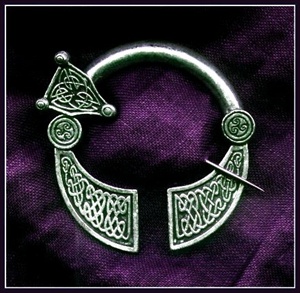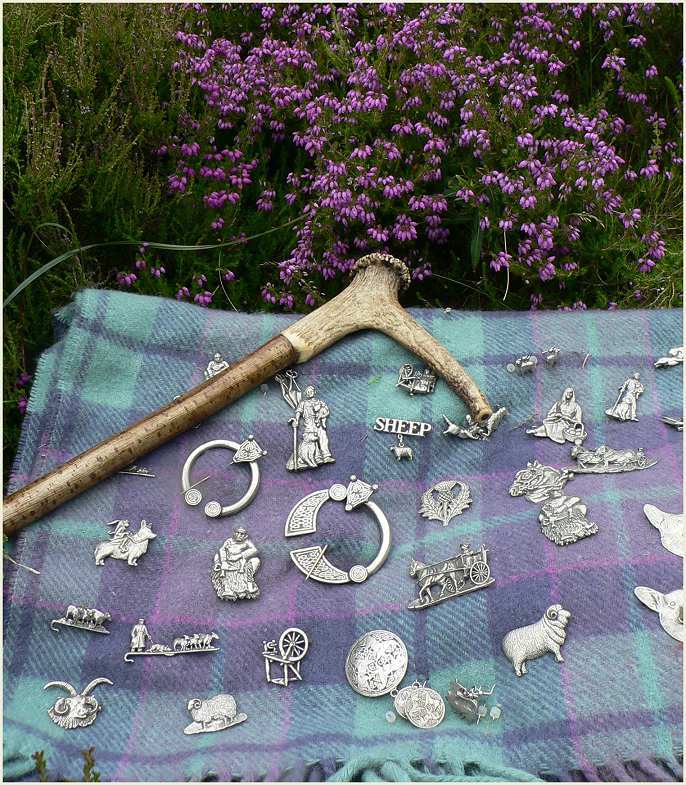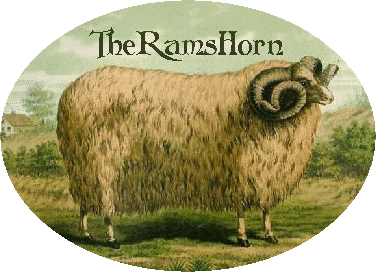 |
WHAT IS PEWTER???
England, Scotland and America all have long histories of pewter production. We are proud to carry on this tradition with out fine pewter castings. In it's long history pewter has had an almost infinite variety of compositions, even today there are still numerous varieties produced. The only common factor is a relatively high tin content which is hardened by additions of other elements. In most countries currently manufactured pewter is a lead free alloy usually being hardened with additions of antimony and copper and containing over 90% tin. Other elements such as silver and bismuth are sometimes used in pewter formulas. In the past pewter often contained lead but as awareness has grown into the harmful effects of lead it should now have been eliminated. Modern pewter can be polished to a bright silver like finish or if preferred chemical darkeners can be used to simulate the patinas associated with old pewter. Pewter is a tin alloy, a mix of metals that contains at least 51% tin. It is the fourth most precious metal in the world behind platinum, gold and silver. We use alloys that contains at least 90% tin and the rest being a variety of metals, including antimony, copper and bismuth. Our formulation gives our castings the perfect combination of fine detail and smooth finishes. The Federal Trade Commission uses a level of at least 900 parts per thousand of tin as its truth in advertising standard for pewter. We create our pewter fine art collections from pewter that meets or exceeds these standards.

In Egypt craftsmen produced items out of pure tin as early as 3700 BC. Pewter wares have been found to have been made in China over 2000 years ago. The Romans were known to use pewter for making seals and their occupation of Britain set the stage for the development of pewter craftsmen during the Middle Ages. The export of pewter by the English was second only to wool during this period.
It was the mass production of porcelain tableware during the 18th century that led to the decline of pewter as the primary material used for tableware. Why is pewter so prized? First is its lasting value. Pewter will not tarnish, rust or deteriorate in any manner. Many items produced during the Middle Ages can be found in museums today. Second is that it is a very easy medium to work with. With a low melting point, pewter can be cast with a centrifical rubber mold process. This process allows the metal worker to produce items with exceptional detail. Here at The Rams Horn we produce fine art from Pewter in the form of jewelry, trophies, Christmas tree ornaments and table top sculpture. Today pewter has once again come into the spotlight as a amazing metal of many uses and beauty. Here in The Rams Horn Studio we creat items of great beauty worthy of becoming heirlooms. We hope your shopping experience is a delight here on our website.
Respectfully yours,
James E. Boyle B.F.A.
Beth Maxwell Boyle B. F. A.

 |


